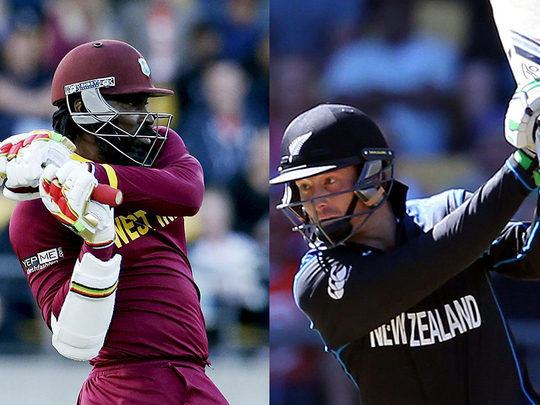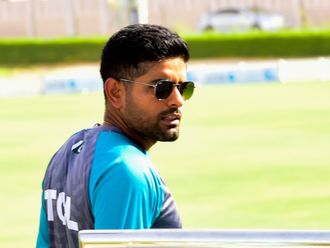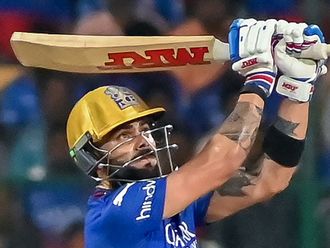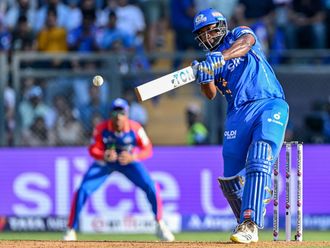
Sydney: It has been raining runs in the ICC Cricket World Cup 2015, transforming batsmen into rulers of this event.
The shower of sixes hasn’t stopped, and over 400 sixes have already been hit. In most grounds, especially in the smaller ones like those in New Zealand, all that a bowler could do was to bowl and pray that the ball does not disappear into the crowd or out of the ground. Never have batsmen dominated so much like in this World cup.
When batsmen like Chris Gayle, AB De Villiers, Brendon McCullum, Glenn Maxwell, David Warner and Kumar Sangakkara walk out to bat then in all probability it is a massacre of the bowlers. When New Zealand’s Martin Guptill also thrashed the West Indies bowlers on Saturday, it proved that even batsmen with not much of a reputation as hard hitters can be dangerous.
When Australian captain Michael Clarke was asked in Hobart whether this World Cup would see a triple century being scored, he only mentioned the likes of Gayle, De Villiers and Warner capable of doing it, never imagining the unassuming Guptill could turn out to be the highest scorer of the World cup with an unbeaten 237 runs. Without playing any switch hits, reverse sweeps or scoop shots, Guptill made runs with sheer clean hitting.
Teams have scored more than 350 runs seven times, including thrice over 400 runs. The run-rate in 27 innings has been over six runs an over.
Runs have flowed so easily in this tournament mainly due to the change in playing conditions whereby teams that were once allowed five fielders outside the 30-yard circle can now have only four. With fewer men outside the circle, batsmen are able to target gaps easily.
When Australian batsman Warner was asked about the scoring spree, he said: “If ICC makes it five fielders outside the circle after the World Cup, you probably may not see these big totals. Huge totals come from the way batsmen play these days and the size of the grounds.”
New Zealand’s Mark Greatbatch was considered the first batsman in the history of the game to exploit field restrictions through pinch-hitting in the 1992 World Cup. Four years later, in the 1996 World Cup, Sri Lanka’s Sanath Jayasuriya repeated it; yet scores weren’t this huge. The numbers of players playing unorthodox shots were limited to Sri Lanka’s Tillakaratne Dilshan, who introduced the scoop shot. Today, most batsmen are experts in scoop and reverse sweeps while players now practicising these shots in the nets.
Twenty20 cricket has also played a big role with batsmen carrying shots from this format into this World Cup. With the Twenty20 format now nearly 10 years old, many players have trained themselves to score faster unlike in the past.
Another vital factor lies in the quality of cricket bats that are being used now. Bat manufacturers give special attention to the ‘sweet spot’ - resulting in the ball racing to the boundary or over it at lightning speeds should the batsman connect correctly.
The speed with which the ball leaves the bat is so amazing that these days many feel umpires too should be wearing helmets as a safety measure. Introduction of two new balls from either end has also helped the ball to remain harder, making it easier to hit, unlike the times when only one new ball was used and it used to soften out after a few overs.
The aggressiveness in batsmen has made many even assume that a total of 500 runs in one-day cricket is not far away. Some believe that it is exciting cricket, but whether it would be fun if fielders become mere spectators and spectators turn fielders through the rain of sixes into the crowd remains to be seen!












